The Koreshan Unity
About the Collection
- Keeping the Faith
- Call to Order
- Thinking Outside the Box
- In Their Own Words
- Guide to the Koreshan Unity Papers
Keeping the Faith
The Koreshan Unity Papers consist of original writings, letters, photographs, and other organizational and personal records of founders and members of the Koreshan Unity.
The collection documents the economic and cultural development of Southwest Florida; the relationship between religion and community; the Koreshans’ methods of integrating concepts of science into their religious cosmology and cosmogony; the Koreshans’ sometimes tumultuous relations with surrounding communities; and major leadership roles of women in a community whose belief system included equality of the sexes.
The collection shows the community’s contribution to the overall history and development of millennial communities and communal utopias in the United States. Letters, writings, and other papers of early Koreshans provide invaluable insight into the impact of these movements on Koreshan development and in turn the influence of Koreshanity on later such movements.
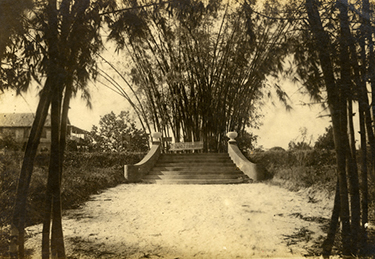
The collection includes correspondence among Koreshans and between them, outside relatives, and others. In addition to papers of Koreshan Unity founder Cyrus Teed (“Koresh”), the collection includes papers of key early members who formed the nucleus of Koreshan organization, community, and culture; member writings and tracts on cosmogony, cellular cosmogony, science, religion, philosophy, horticulture, and other topics reflecting the beliefs and ideas of the community and their integration of scientific method into religious cosmology and cosmogony; histories of member families and the organization; and administrative and operational records of the organization, from early constitutions and other foundation documents to minutes, correspondence, and business and financial records.
Photographic prints and glass plate negatives in the collection document the early development of Koreshan life and beliefs and the lives and activities of Koreshan members; of particular note are photographic images of Cyrus Teed’s body after his death as his followers awaited his resurrection. Organizational and administrative records provide evidence of the organization, growth and development of the Koreshan Unity as a religious, scientific, business and social community. A great deal of material relates to the Koreshans’ cultural life, including personal correspondence about daily life, recipes, scripts for musical and theatrical shows written and performed by members, and both original and commercial sheet music dating back to 1898.
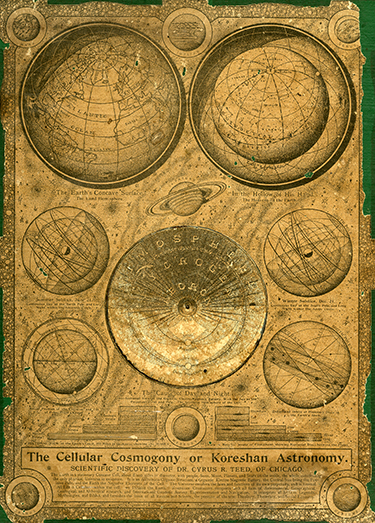
Call to Order
Accumulated for a century throughout the Unity’s existence in Chicago and then Estero, the Koreshan Unity Papers are the most comprehensive extant source of information about the Koreshans, their beliefs, and the expression of those beliefs in their communal lifestyle. Because the collection is such an invaluable historical research resource, State Archives staff traveled to Estero in 2008 and 2009 to evaluate the collection and, with extensive assistance from Koreshan State Historic Site staff, to inventory the collection and arrange for the transfer to the State Archives of materials identified as having enduring historical value.
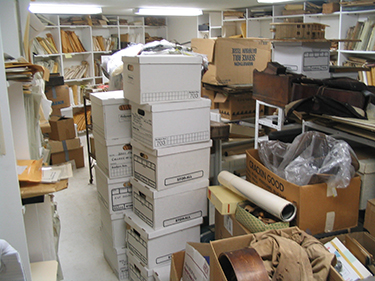
Once the collection arrived in Tallahassee in 2009, State Archives staff began planning for processing the collection. The collection had been rearranged numerous times over the course of its century of existence, so archivists could not determine in what order the records might have originally been filed or used – what archivists refer to as original order.
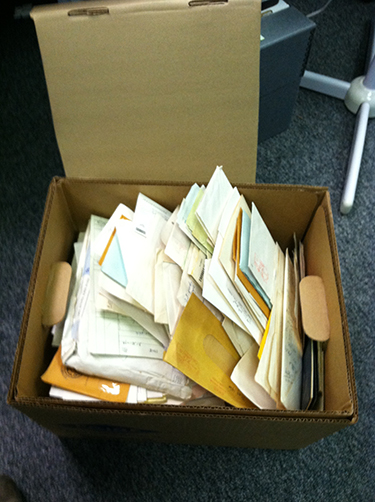
In the absence of original order or any obvious organizational scheme, archivists began by identifying general categories of activities or topical areas under which all of the records appeared to fall based on the inventories conducted in Estero. Archivists then began a rough sort of the boxes into these categories – administrative records, Cyrus Teed’s papers, member family papers, subject files, tracts and articles, photographs, publications, sheet music – forming preliminary record series, or sets of files that document certain functions or activities of the organization.

Thinking Outside the Box
In 2011, the National Historical Publications and Records Commission (NHPRC) awarded the State Archives grant funding to conduct detailed processing of the collection. The grant enabled the Archives to hire a full-time project archivist in December 2011 to conduct detailed arrangement, description, foldering, and reboxing of the collection and to create access tools facilitating research in the collection.
After our intial sorting of boxes, our next step was to decide where to begin our detailed processing efforts: should we start with something especially intriguing, such as members’ personal correspondence? Something likely to be very heavily used and with great exhibit potential, such as photographs? Something fun, such as the Koreshans’ sheet music collection?
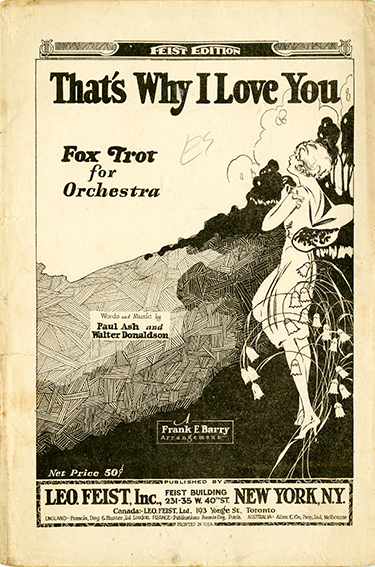
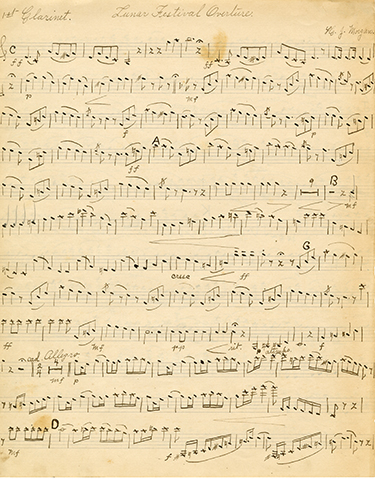
We decided upon a two-pronged approach, addressing both the photographs and the administrative and operational records of the organization first. Not only would the photographs be heavily used, but at least 1,000 of the images would receive item-level cataloging and be made available on the Florida Memory website under the NHPRC grant.
Most of the photographs were fairly well identified, and those that were not were usually easy to identify based on their context among better-identified photos. The photos included a small number of glass plate negatives, primarily portraits of Cyrus Teed that also exist as prints, but also images of Teed’s body after his death that apparently are the only such original images in existence. The Koreshans used photography to record every aspect of their lives and surroundings, from work to entertainment and leisure to their personal and communal living structures and spaces.
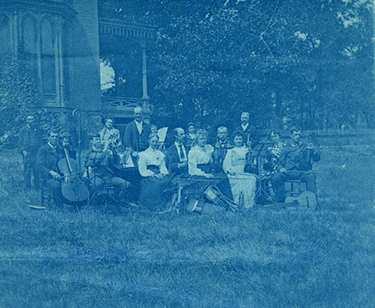
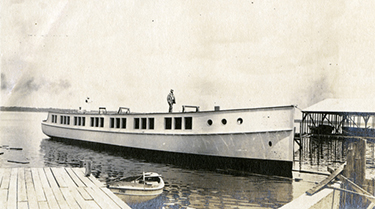
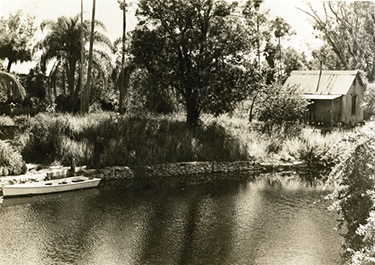
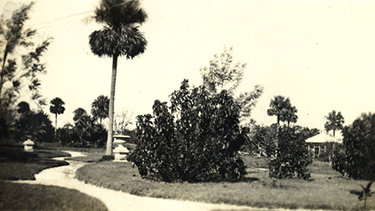
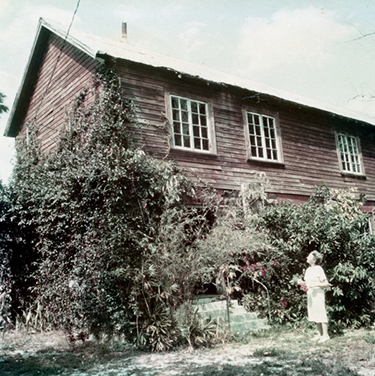
The administrative records were also a logical choice to address early in the project, since they document in detail the operations of the Koreshan Unity from its beginnings, providing a foundation for understanding the organization and the rest of the collection. Original constitutions, minutes of meetings, bylaws, organizational correspondence, legal and financial records, property records, and more were identified and organized, moving from inaccessible piles of envelopes in boxes such as these:
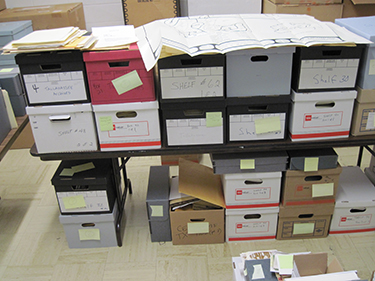
to well-organized, clearly-identified archival folders and boxes such as these:
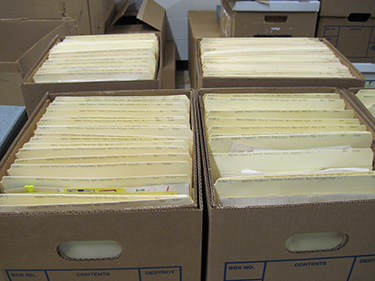
containing invaluable original records such as these:
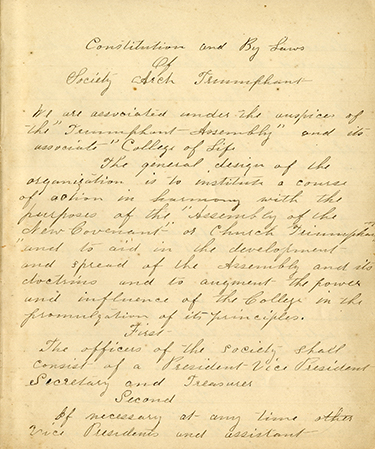
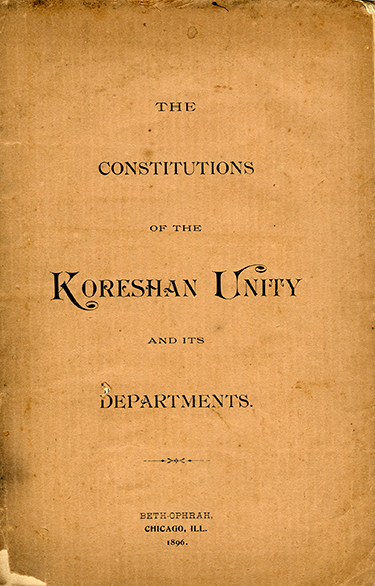
In Their Own Words
Once the photographic and administrative records were under control, we turned our attention to the files documenting Koreshan members and families. Several of the most prominent Koreshan families, including the Andrews, Bubbetts, Silverfriends, and others, left their papers to the organization, and among the most valuable of these files are records of Cyrus Teed himself. Correspondence, lengthy theological writings, financial records, and other papers trace Teed’s activities, the development of his theology, and his often contentious relationships with those whose aims or views conflicted with his own.
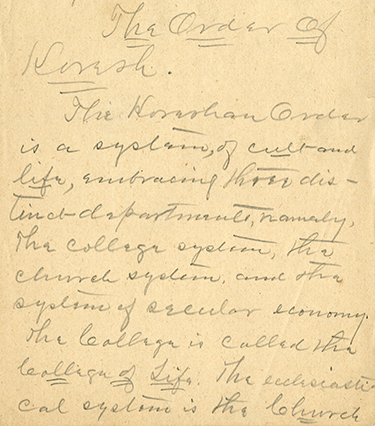
From the outset, the Koreshan Unity recognized the importance of maintaining their records to ensure long-term access and even designated an archivist and assistant archivist position as part of their governing body. The size and contents of the collection are testament to how serious the Koreshans were about preserving their history, and it is to our great benefit that they did so.
Guide to the Koreshan Unity Papers
The Guide to the Koreshan Unity Papers describes the collection in detail, providing descriptions of the collection and the major categories of records included as well as a detailed list describing the content of each folder in each box in the collection. This guide will be invaluable to researchers interested in using the collection at the State Archives of Florida.

 Listen: The World Program
Listen: The World Program